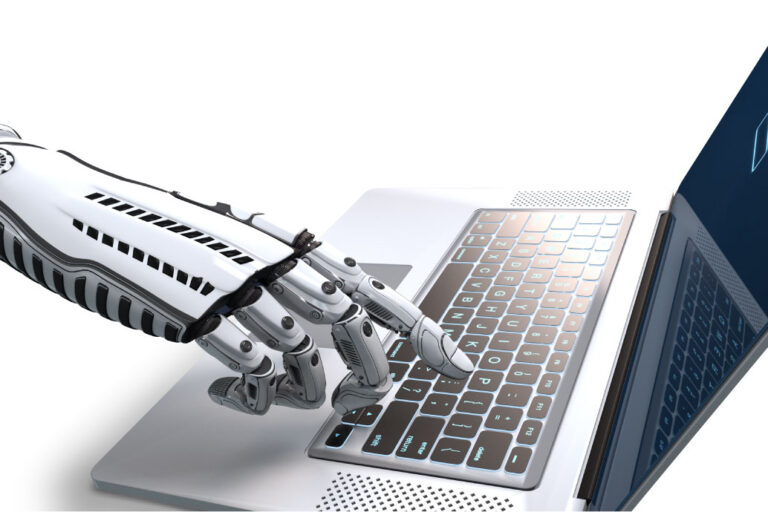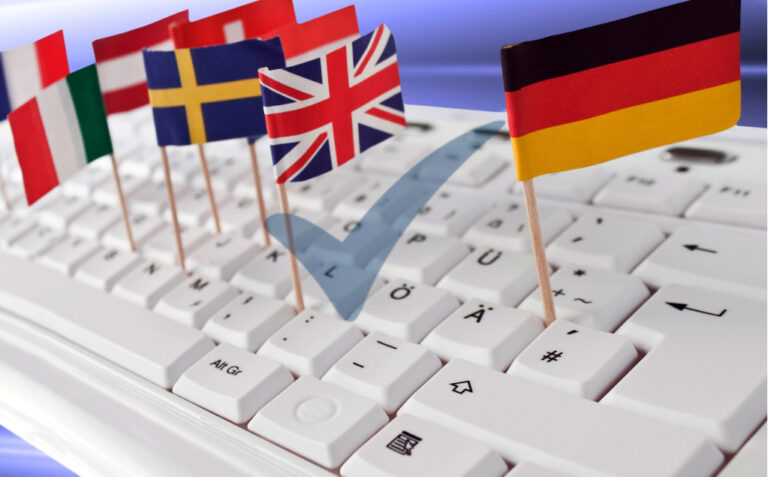We are concerned about Generation Z (those born between the mid-90s and early 2010) that we are not paying attention to one fact: the older “ of the next generation, Alpha 2010 to the time we are 2010 are already teenagers.
These children, daughters of Millennial parents and in some cases, Generation Z, grew up in an environment fully immersed in connected devices, social networks and streaming platforms, where information circulates at a totally different pace than for their Millennial parents.
The almost constant presence of screens and virtual assistants has made their contact with digital become almost organic, shaping not only the way they learn, but also the way they perceive the world and interact with brands. In this light, the Alpha Generation anticipates behaviors that, in the coming years, should become the pattern of consumption and interaction, decisively influencing Customer Experience (CX) strategies.
The notion of experience, for this group, exceeds the traditional expectation of a good service or a functional product. They were exposed from an early age to personalization and convenience in virtually all spheres of their lives: from on-demand entertainment, where they choose what they want to watch at any time, to smart devices that learn preferences and habits inside the home.
This early contact with digital tools creates a relationship of trust and, at the same time, of demand: it is not enough for a company to offer an efficient service channel; it is necessary to be agile, connected and genuinely concerned with understanding and anticipating needs. For brands, the message is clear: anyone who does not create channels and integrated experiences, fast and that reflect values such as inclusion and sustainability risks losing relevance in an increasingly close future.
The power of the first generation 100% digital
While many executives have already mapped out the importance of digital natives in business transformation, the Alpha Generation takes this concept to another level.
If Generation Z had to learn and adapt to technologies that emerged while growing up, Alpha children, in turn, arrived in the world with tablets, smartphones and voice assistants already consolidated.This generation did not live the transition; it is directly in digital reality, without language barriers or custom. Everything seems natural, from interacting with devices without keyboards to absorbing content on gamified platforms that mix education and entertainment.
For CX leaders, this implies rethinking what it means to connect” with the customer. Models based on linear processes, with predefined touchpoints, tend to become obsolete. The Alpha Generation demands a fluid and ubiquitous approach, expecting brands to be able to respond in any context, in any channel, without loss of continuity.
An eight-year-old, for example, will not understand why a music application is not integrated into the family's smart speaker or why there is a mismatch of information between e-commerce and the physical store. This level of demand accompanies the child at each stage of his or her maturation. When she becomes a young consumer in search of products and services, she will have little patience with brands that do not offer a perfect journey or that do not offer interaction options based on voice, augmented reality and other features that, for her, will already be standard.
There is also a relevant factor linked to instantaneity.The Alpha Generation has become accustomed to having everything quickly, from deliveries to software updates, and rarely waits days for a problem to be solved. This faster pattern of consumption affects the entire business ecosystem, encouraging changes in the logistics structure, service and exchange and return policies, for example. It is not just a matter of convenience; it is a paradigm shift in the way consumer relations are expected to happen. This first generation fully digital wants and will require more intuitive technologies, frictionless processes and brands that communicate clearly.
A new perception of value
When we analyze how Generation Alpha sees the value of a product or service, we see a strong emphasis on emotional factors and connected to a global vision of impact. The concern with sustainability, ethics and social responsibility of companies is not a distant accessory for these children, but an important part of what they learn in school and on the internet.
They see digital influencers talking about environmental causes, observe initiatives from major brands that promote awareness campaigns and create a sense that all this is part of a larger package when choosing who to relate to. They are, in essence, small consumers who, in the future, will bring this mindset to the labor market and to more complex purchasing decisions.
For CX leaders, the message is clear: the customer experience should not be limited to optimizing steps and interfaces. It is necessary to incorporate values that translate care for people and the planet. The Alpha Generation probably will not forgive greenwashing actions or superficial campaigns that have no real basis. This transparency, combined with authenticity, will be fundamental to create lasting relationships. They may not even express this formally while they are children, but the fact is that they grow attentive to the movements of brands, absorbing which companies act in a genuine way and which only pretend to care.
Building experiences for a different tomorrow
In a few decades, Generation Alpha will be the dominant group of consumers and market influencers. It is in this horizon that current leaders need to aim. What we now consider “futuro” will be the reality of these new decision makers, either as end users or as managers within their own companies. This perspective reinforces the need for consistent preparation, which involves, above all, the adoption of new technologies and the creation of flexible service ecosystems.
In parallel, CX executives need to remember that this generation was born in a context of climate change and disruptive global events, such as the COVID-19 pandemic.These children grow up with the notion that the world is unstable and that crises can happen at any time. This perception of vulnerability makes them value resilient brands, able to adapt, act with social responsibility and create safe and reliable environments.It is not just about delivering a good product, but transmitting a sense of security and coherence with the values propagated.
Finally, it is important to recognize that, although still small, the Alpha exert influence on the consumption habits of their families and, soon, on the labor market. They are surrounded by opportunities to express themselves and already learn to negotiate from an early age.They are accustomed to question and issue opinions about what is fair, ethical or sustainable, and take this to consumer choices. The key word for those who plan the future of CX is readiness: readiness to evolve platforms, readiness to embrace new formats of interaction and readiness to align to principles that go beyond immediate profit.
The Alpha Generation arrives armed with broader, deeper expectations and a critical sense that challenges the status quo. Whoever listens to this will have the chance to shape a long-term relationship, while those who remain stagnant risk becoming obsolete in the face of a new perception of the world.











